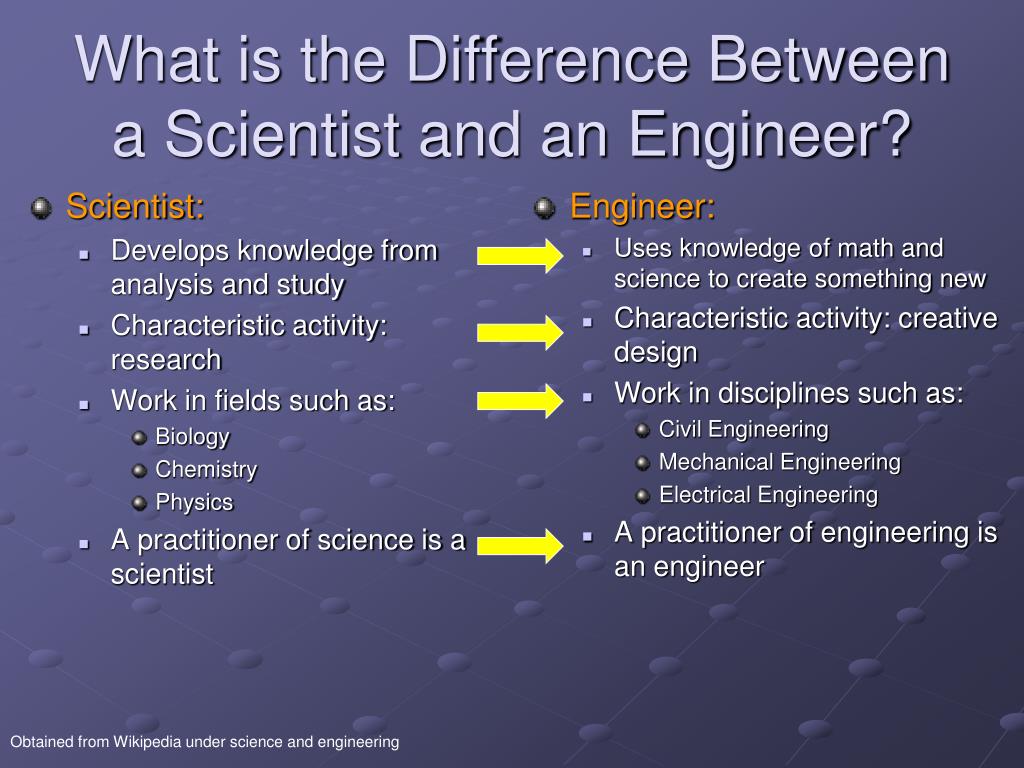
Manufacturing engineers can choose from many career paths. Engineers can move up in the hierarchy depending on their professional and educational background. They may also take on more business-focused and strategic roles. You may also have the opportunity to move out of the country. Some manufacturing engineers choose to specialize in one area, such as energy efficiency or worker safety. While this field can be challenging and rewarding, there are many opportunities to advance in your career. Read on to learn more about some of these opportunities.
Manufacturing engineers have good job prospects and will continue to have plenty of them. The most common career options for manufacturing engineers are consulting for major production firms. Delux Corp. (Delux Corp.), Polaris Industries Inc. (Apple Inc.) and Sanderson Farms Inc. all are examples of such companies. The career path taken by a manufacturing engineer depends on their educational background and years of work experience. Below are some examples of the possibilities for a manufacturing engineering engineer.

You may choose to continue your engineering studies after you have completed your undergraduate degree. While the degree can prepare you for entry-level roles, it may not allow you to progress to a more senior position. Employers prefer graduates of accredited degree programme, but a BEng degree could be sufficient. Manufacturing engineering positions may require interning in manufacturing before they are able to get a permanent job. Engineering companies may advertise these internships. They could also be part a degree program.
The main responsibility of a manufacturing engineer is to improve manufacturing processes and ensure that products meet specifications. This position requires technical proficiency and knowledge in product design, fabrication and assembly. In addition to working with customers and in teams, the engineering role may also require shift work. The engineer could eventually move into management or other areas related to manufacturing. This field offers many benefits.
Manufacturing engineers must monitor manufacturing processes and materials to make sure that products meet their specifications. You will also need to train and troubleshoot production staff. Additionally, you will need to fix and maintain equipment. Additional to these duties, you will be required to work shifts and available for on-call duty. This job is an excellent career choice for anyone interested in manufacturing.

After graduation, you can apply for a MSc engineering. Many employers offer support for part-time MSc degrees. However, manufacturing engineers can only progress in their careers if they are part of a company with a good culture, large size, and structured. Chartered engineers often gain experience in many manufacturing processes, from design to installation. It is a good idea to seek work experience in different departments of the company, both on-site as well as in-house.
Manufacturing engineers work in many different areas. Others may work on a construction or oil/gas site. There are also opportunities for overtime. Manufacturing engineers often travel to further their careers. Manufacturing engineers typically work between 9 AM and 5 PM. These flexible hours may also require extensive travel, but their salary and job security are high.
FAQ
Are there special qualifications required to study engineering in Canada?
No. Good grades in your GCSEs or equivalent are all that is required. Some universities may require that applicants have at least a minimum level of academic achievement to be admitted. Cambridge University for instance requires applicants to have A*-C in Maths, English Language, Science, and Maths.
If you do not meet these requirements, you'll need to take additional courses in order to be prepared for university entrance tests.
You may need to take additional math/science subjects as well as a language class. You can learn more about these options by contacting your school guidance counselors.
Which type of engineer gets the best salary?
Software engineers would be the best answer because they code for computers. Software engineers also have the freedom to choose what type of project they would like to work on. Software engineers are able to work in any industry. However, they often choose to work for technology companies such as Google and Microsoft.
Is engineering hard to learn?
It depends what you mean with "hard". If you mean tough, then yes. If you mean boring, then no. Engineering is not difficult because it requires a lot physics and maths.
Learn how to do anything if you are interested. It doesn't take an engineer to become an Engineer.
Engineering is fun as long as you are doing something that interests you.
One could argue that engineering is easy if you understand everything. However, this is false.
Engineers can be boring because they haven’t tried it all.
They're just sticking to the same old thing, day after day.
There are many ways to solve problems. Each approach has its advantages and disadvantages. Try them all and find the one that works for you.
What does a Chemical Engineer Do?
Chemical engineers use math, science, engineering, technology, and business skills to develop chemical processes, products, equipment, and technologies.
Chemical engineers are able to specialize in many areas, including pharmaceuticals and food processing.
They work closely together with scientists and other researchers to solve technical difficulties.
Statistics
- 8% Civil engineers solve infrastructure problems. (snhu.edu)
- 14% of Industrial engineers design systems that combine workers, machines, and more to create a product or service to eliminate wastefulness in production processes, according to BLS efficiently. (snhu.edu)
External Links
How To
How to read engineering drawing
Engineering drawings provide a visual description of an object. These drawings can include many elements, such as dimensions, symbols and text. Engineering drawings have been around from ancient times. The 3000 BC mark was when the first known drawing was made by an Egyptian engineer. These drawings are used by engineers to create objects such as bridges, buildings, and machines.
Engineers use engineering drawings to describe what something looks and feels like. It helps others understand what you're talking about. Engineers draw things out using symbols and numbers to show measurements. This makes engineering easier for those who don't have any knowledge.
There are two main types of engineering drawings: 2D and 3D.
2D drawings can be flat representations or three-dimensional objects. These include plans as well as sections, elevations, and axonometric projections.
3D drawings show real-life objects from multiple angles. Computer software is often used to create 3D drawings. SketchUp is a program that allows you to visualize the structure of a bridge from above. Then, select "View" then choose "Top view." You can then rotate your view until everything is visible from above.
2D drawings are best viewed as a whole. Don't just focus on one part. Make sure to notice important parts in the upper right corner.